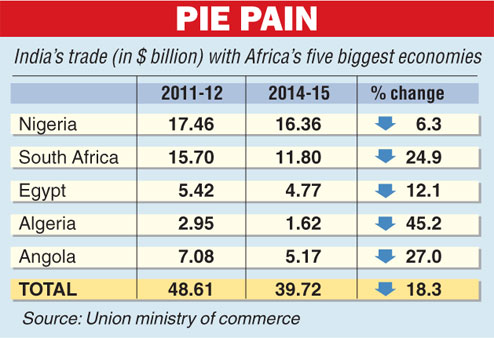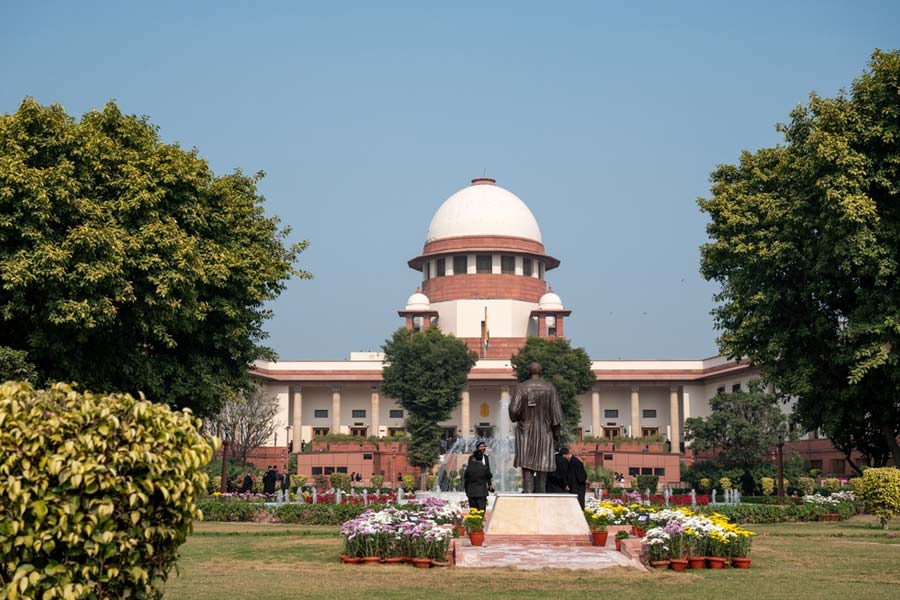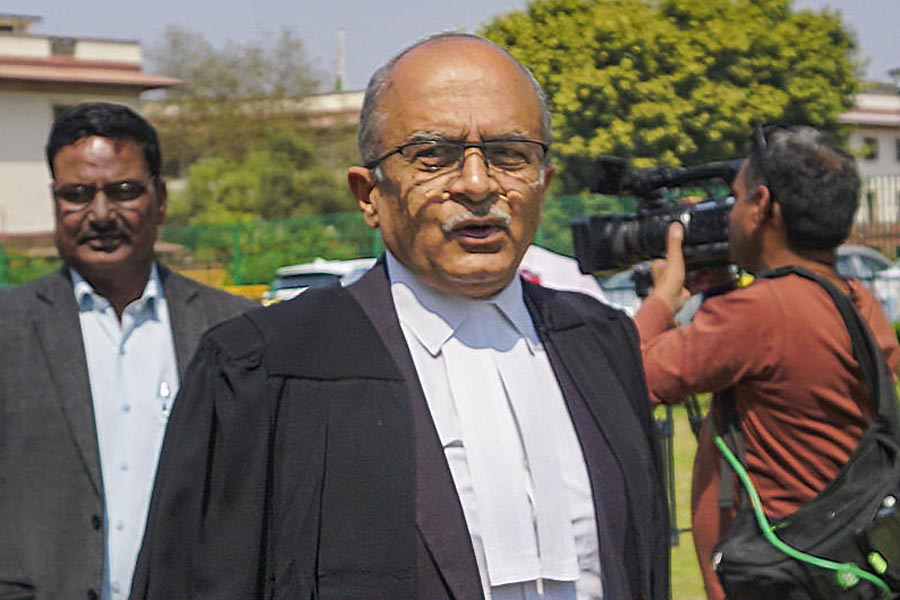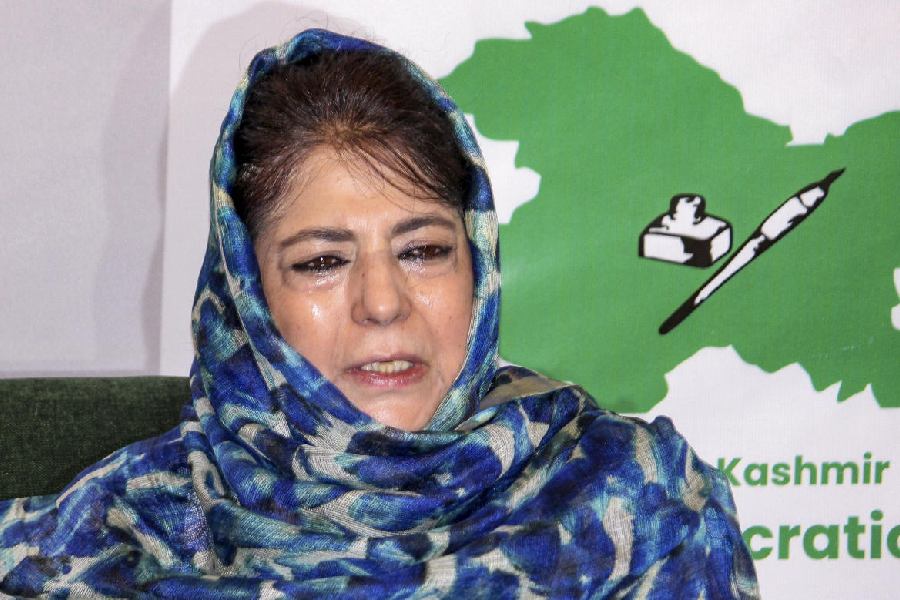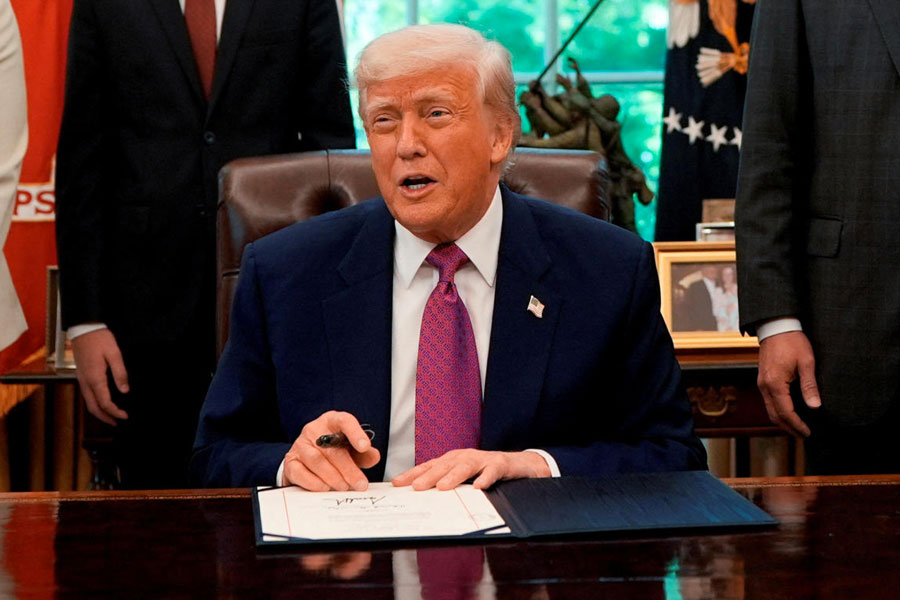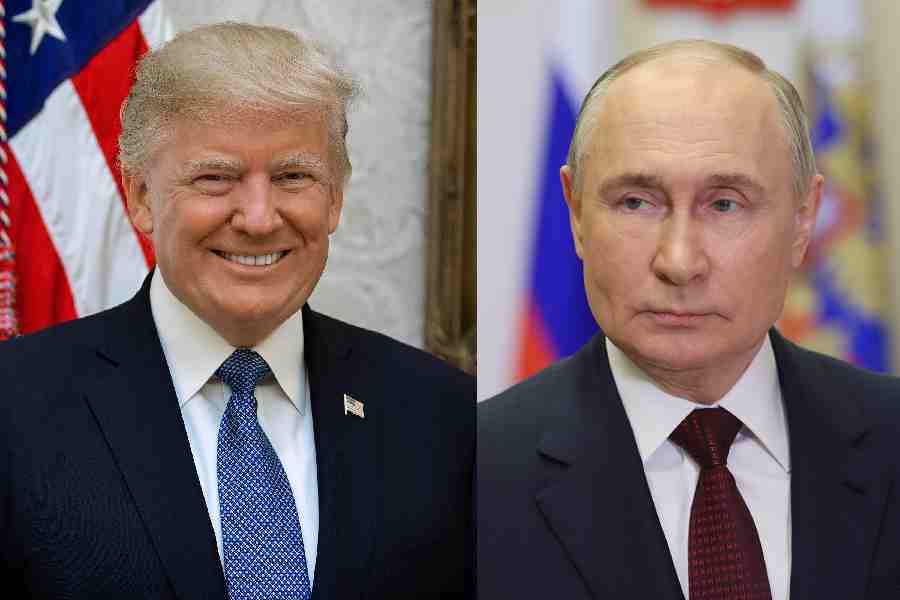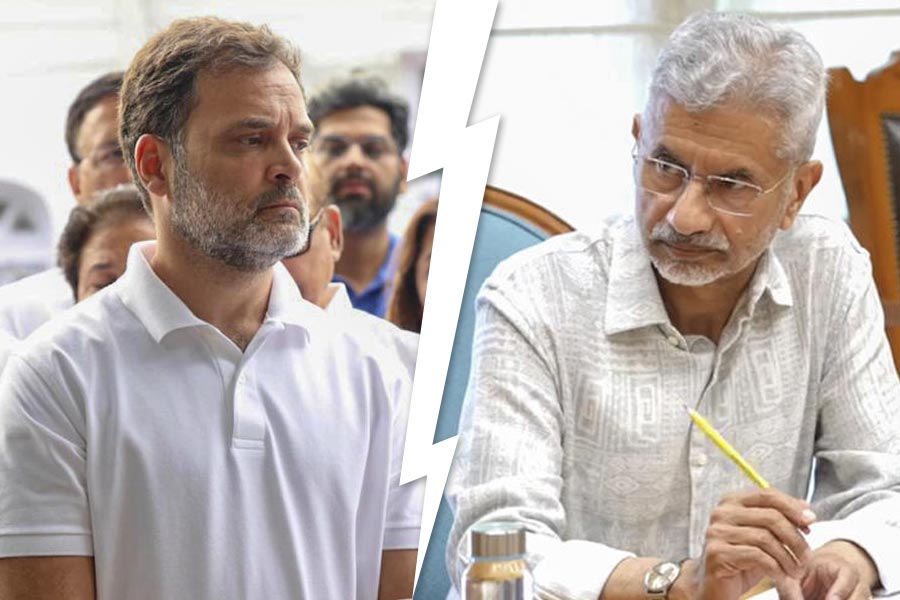
New Delhi, Sept. 25: A shuffle in India's foreign office has upended the standard hierarchy that governs the diplomatic service, opening up the race for the next foreign secretary and pulling Prime Minister Narendra Modi into territory fraught with the threat of rebellion that his predecessor once faced.
The changes, proposed by foreign secretary S. Jaishankar and approved by Modi this week, will elevate to key posts a clutch of officers in their mid-50s who have long been viewed as potential leaders of the foreign service some day.
But the rejig will also pull out of headquarters two widely respected diplomats - secretary (east) Anil Wadhwa and secretary (west) Navtej Sarna - whose seniority and expertise had put them among the likeliest to succeed Jaishankar as foreign secretary.
Wadhwa, the 1979-batch topper of the Indian Foreign Service (IFS), will be the senior-most officer in the service eligible for the post of foreign secretary when Jaishankar's term ends in January 2017.
But under the changes cleared by Modi, he will move as ambassador to Rome, a position considered lower in diplomatic priority by Indian officers than the post of envoy to Bangkok, which he has already held.
Sarna, a batch junior but the same age, 58, as Wadhwa, will move as high commissioner to the UK, now no longer among the heavyweight appointments viewed as weathervanes of career prospects.
The planned changes have deepened the feeling within the diplomatic establishment that Modi may be laying the ground to have some of the senior-most foreign service officers superseded when the time comes to pick Jaishankar's successor, because of a perceived trust deficit.
Such a move would mirror former Prime Minister Manmohan Singh's decision in 2006 to pick Shivshankar Menon as foreign secretary although 16 serving officers were senior to him. That decision had triggered the biggest ever rebellion within the foreign ministry, with many of the superseded diplomats threatening to quit.
"Seniority is very important in promotions, and should not be ignored," Veena Sikri, former Indian high commissioner to Bangladesh, told The Telegraph. "But in terms of internal appointments within the ministry, the government should have some flexibility in deciding the rank of the post."
Sikri and husband Rajiv, then secretary (east), had sought voluntary retirement in protest against Menon's appointment.
The current shuffle appears to earmark Harsh Vardhan Shringla, now ambassador to Thailand, Gautam Bambawale, the ambassador to Bhutan, and Syed Akbaruddin, the additional secretary in charge of October's India-Africa summit, as future leaders of the diplomatic corps.
Shringla, who was joint secretary in charge of ties with Bangladesh, Sri Lanka and Myanmar before moving to Bangkok, did much of the spadework that yielded the Land Boundary Agreement with Dhaka in June.
He will now move as high commissioner to Bangladesh at a time bilateral relations appear far warmer than India's ties with most of its other neighbours.
Bambawale managed India's critical relations with China, Japan and South Korea at headquarters before shifting to Thimphu. He will now take up the crucial role of high commissioner to Pakistan. Both Shringla and Bambawale, 54, belong to the 1984 batch of the foreign service.
Akbaruddin, known to many television watchers as the foreign ministry spokesperson till April, will take on the coveted assignment of India's permanent representative at the United Nations in New York.
A batch junior to but a year older than Bambawale and Shringla, Akbaruddin has transformed the foreign office's external publicity division into a social-media-savvy institution.
Through his tweets, Akbaruddin has also helped create a larger-than-life persona for Modi as an international leader, emerging as one of the Prime Minister's favourite diplomats.
In India's hierarchy of overseas diplomatic positions, the permanent representative to the UN is second only to the ambassador in Washington and had many aspirants senior to Akbaruddin.

